

Max Davies
CarExpert's top five light/small SUV reviews of 2025
5 Hours Ago

Marketplace Editor
The all-new Hyundai Tucson has been revealed in full and confirmed for an Australian launch in the first half of 2021. But while there’s a host of upgrades coming to our market, there’s still plenty of things we’re not getting, at least for now.
Hyundai and Kia’s European operations have long been quite separate to the Asia-Pacific division, and the Tucson headed for Europe will be quite high-tech in terms of its powertrains, for example.
So, here’s a rundown of what’s not coming to Australia from launch.
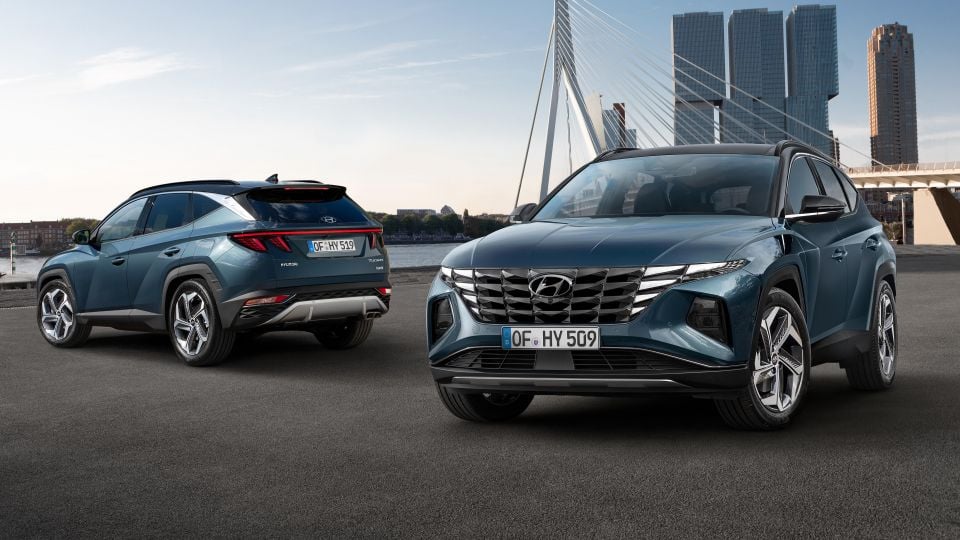
While Australia has revised versions of the current engines locked in, plus the all-but confirmed 213kW 2.5-litre turbo N-Line, Europe’s powertrain line-up is much more focused on electrification and reducing emissions.
Granted, Hyundai Australia is indicated the new Tucson Hybrid and Plug-in Hybrid are “under consideration” for our market, but Europe will get both of those from launch plus 48V mild-hybrid versions of the ‘Smartstream’ 1.6-litre turbo petrol and 1.6-litre turbo-diesel engines.
The 1.6-litre T-GDI will be available in 150PS (110kW) front-wheel drive and 180PS (132kW) tunes with optional all-wheel drive available on the latter.
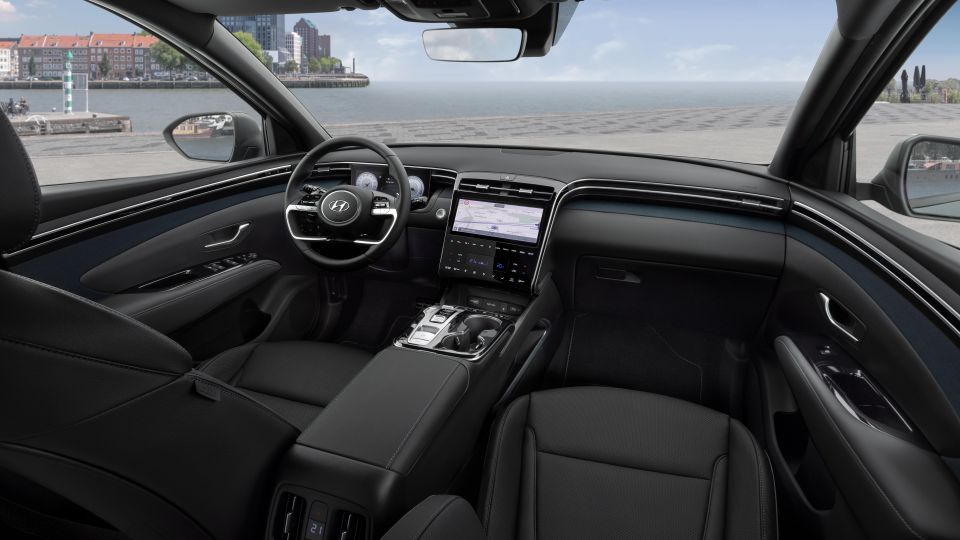
Both versions of the MHEV 1.6-litre petrol will come as standard with a new six-speed clutch-by-wire manual transmission (for improved efficiency in conjunction with the new 48V tech), and a seven-speed dual-clutch automatic available as an option.
Meanwhile, the 1.6-litre CRDi 48V diesel will offer 136PS (100kW) mated to a seven-speed DCT as standard. All-wheel drive is optional for the electrified oiler.
Non-electrified versions of the 1.6-litre T-GDI petrol and 1.6-litre CRDi diesel will be offered in Europe, too, though in lower-output tunes with front-wheel drive and manual transmission only.
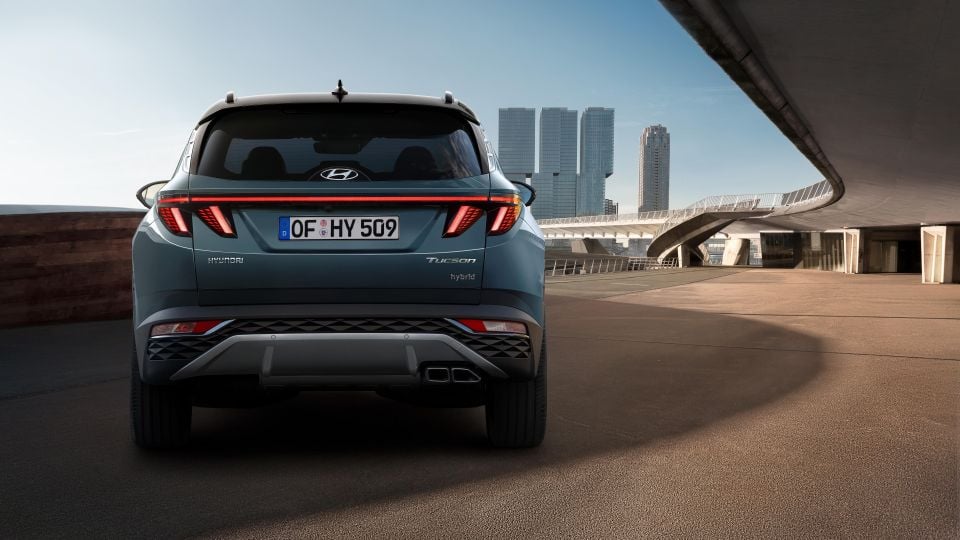
Finally, the Tucson Hybrid and Plug-in Hybrid will run essentially the same drivetrains as the larger Santa Fe – meaning the 1.6-litre T-GDI turbo petrol teamed with a battery pack and electric motor.
In the Hybrid, there’s a 44.2kW motor and 1.49kWh lithium-ion battery, offering a system power output of 230PS (169kW).
The Plug-in Hybrid gets a beefier electric motor and battery, with a claimed 265PS (195kW) – 15kW more than the Santa Fe PHEV, mind you – with more details to come closer to its 2021 launch.
Korea also gets a forbidden fruit in the form of a new 2.5-litre Smartstream four-cylinder petrol engine (non-turbo) with 141kW and 245Nm shared with the Sonata, mated as standard to an eight-speed automatic transmission.
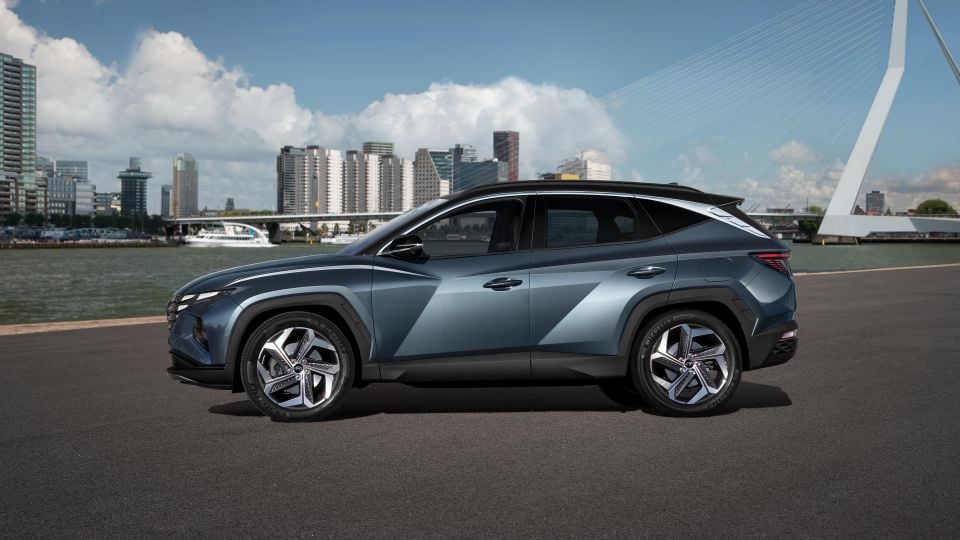
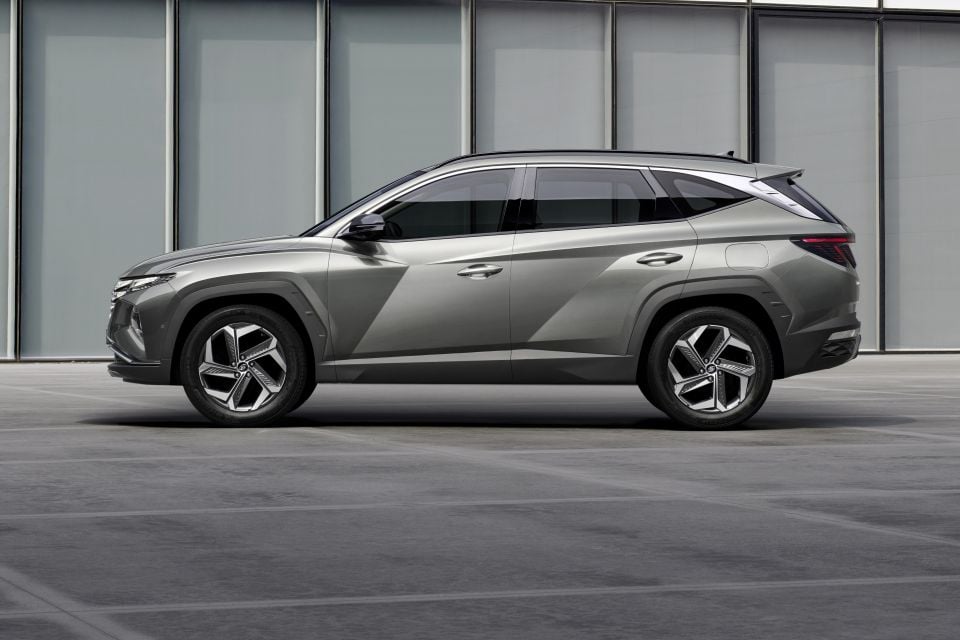
The Euro-market Tucson will be the short-wheelbase model, whereas Australia will get the roomier long-wheelbase body.
As you can see from the above images, the Australian model scores a notably longer wheelbase as well as a longer rear overhang – similar to the Volkswagen Tiguan v Tiguan Allspace.
Despite the smaller dimensions, the European Tucson is still larger than the current car, measuring 20mm longer, 15mm wider and 5mm taller, as well as offering 10mm more in the wheelbase.
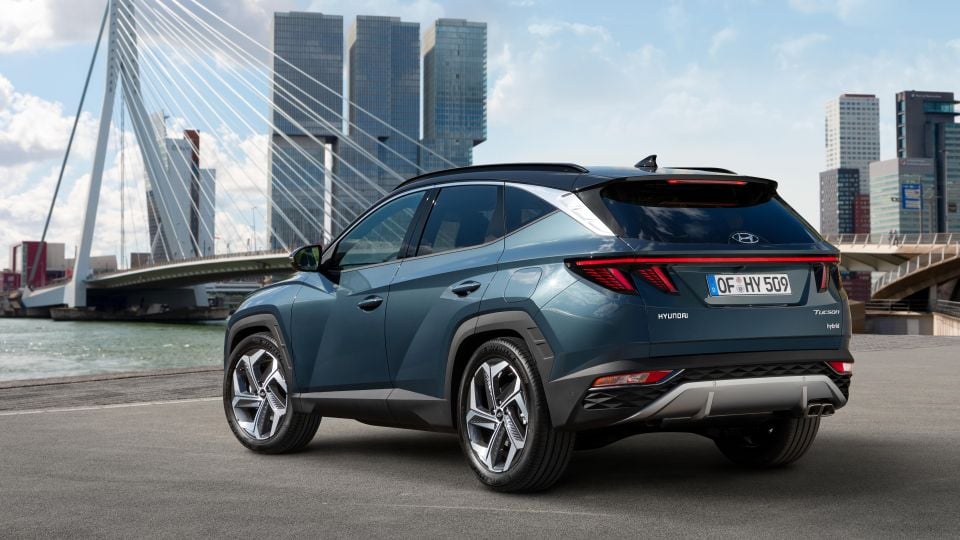
With the second row up, the SWB Tucson offers 546-620L of cargo capacity depending on powertrain (batteries eat into the boot area), expanding to 1725-1799L with the back seats folded.
Specifications for the long-wheelbase model locked in for Australia are still to be announced, but we can expect the new Tucson to be significantly roomier than the current model for both passengers and luggage.
It’s also worth noting that despite Australia getting the long-wheelbase Tucson, there hasn’t been any mention of a seven-seat option to rival the likes of the Honda CR-V, Nissan X-Trail and Volkswagen Tiguan Allspace.
Perhaps Hyundai is keeping the Santa Fe as its sole three-row offering for now.
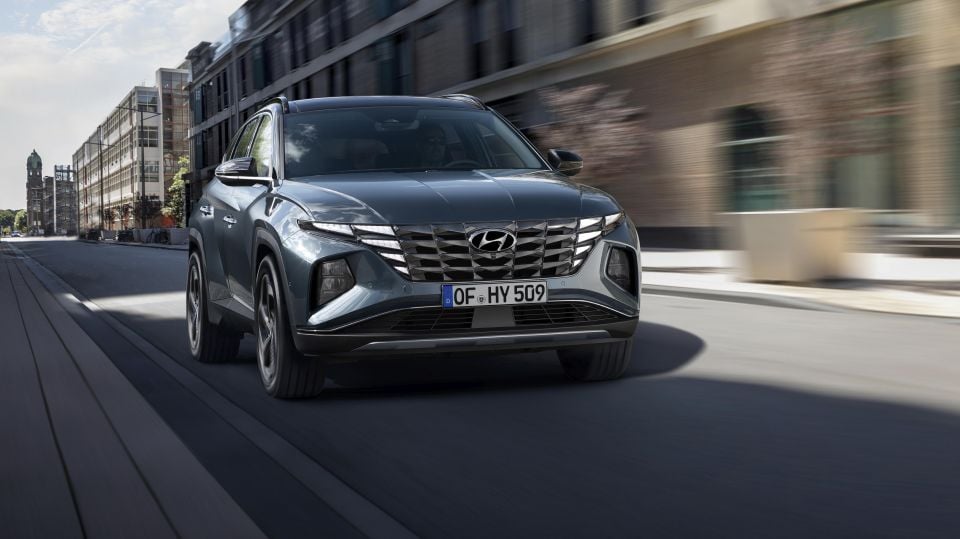
Hyundai Australia’s media release makes no mention of the European model’s available Electronic Controlled Suspension option, which could mean adaptive damping may not make it Down Under.
The Euro-market Tucson will offer adjustable dampers that change force depending on mode chosen – Eco, Normal and Sport.
Hyundai Motor Europe says the Eco and Normal modes offer a “comfortable, flat and stable ride on even the most challenging roads”, while the Sport mode gives drivers “an extra level of response and control”.
Similar technologies are employed by rivals from European brands, namely the Volkswagen Tiguan.

The overhauled Hyundai Tucson is scheduled to arrive in Australia during the first half of 2021.
New-generation engines based on the current line-up will be available at launch, with the hybrid and plug-in variants “under consideration”.
As with the wider Hyundai and Kia portfolio in Australia, the Tucson will be subject to a local ride and handling program.
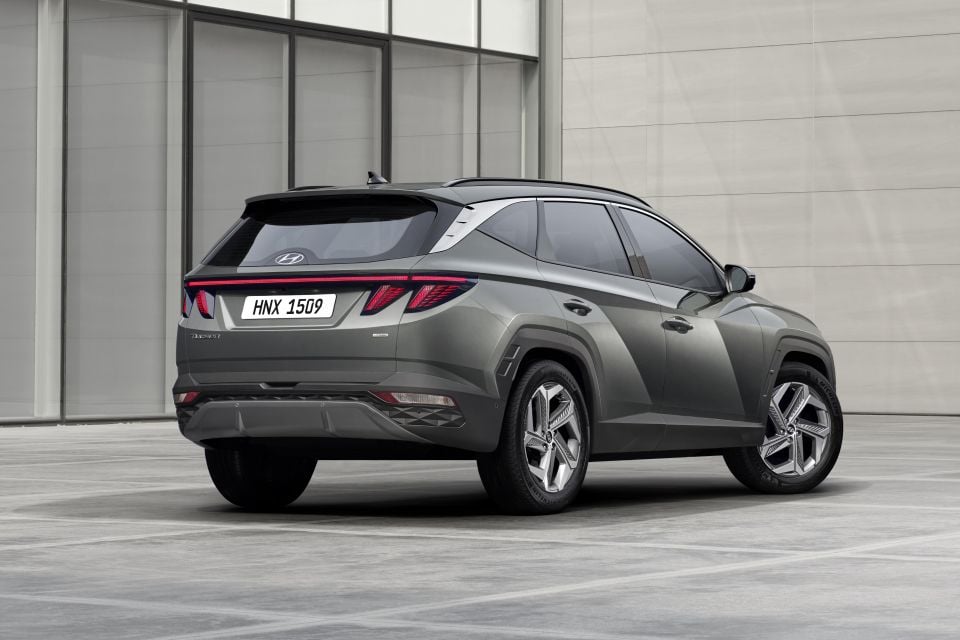
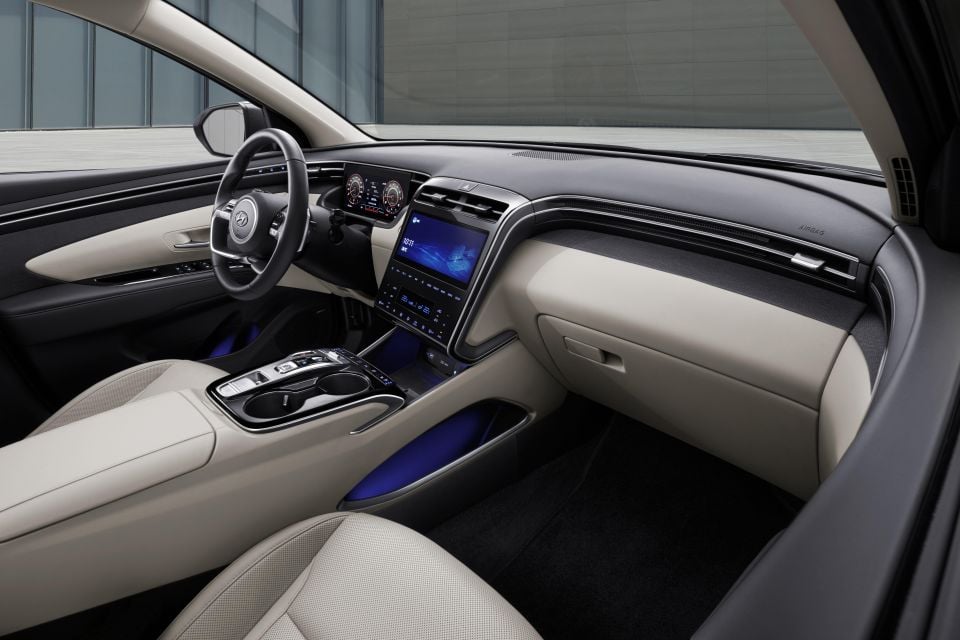
For the first time, the Australian range will also be bolstered by the new sporty N-Line trim level, which previously has been exclusive to Europe, likely bringing a powerful new 213kW 2.5-litre turbo petrol engine.
Further details, including pricing and full specifications, will be announced closer to launch.
Stay tuned to CarExpert for all the latest, and let us know your thoughts in the comments below.
Where expert car reviews meet expert car buying – CarExpert gives you trusted advice, personalised service and real savings on your next new car.
James Wong is an automotive journalist and former PR consultant, recognised among Australia’s most prolific motoring writers.


Max Davies
5 Hours Ago
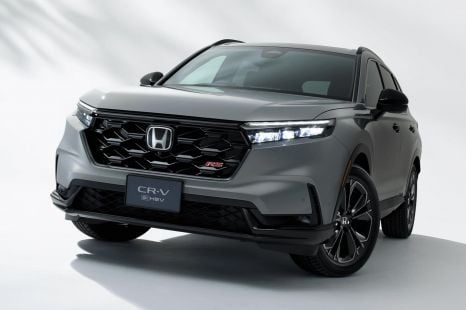

James Wong
1 Day Ago


Derek Fung
1 Day Ago


Max Davies
2 Days Ago


Damion Smy
3 Days Ago


CarExpert.com.au
4 Days Ago